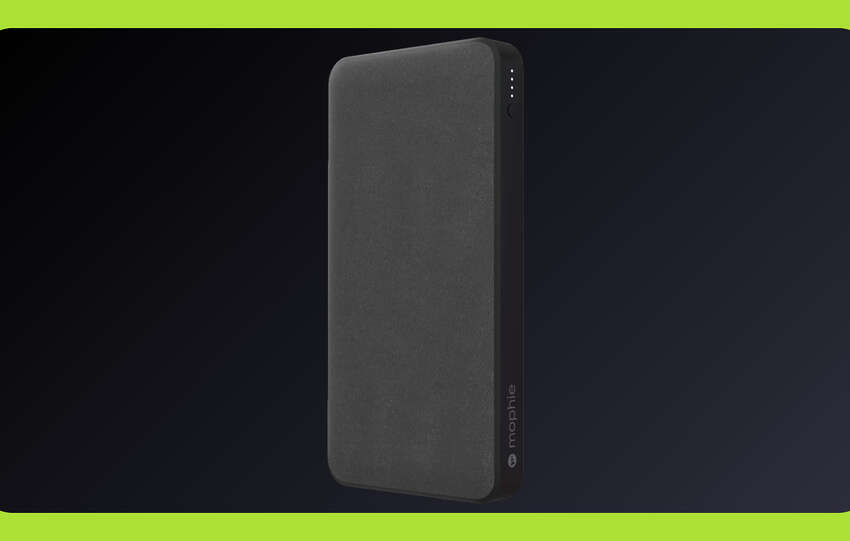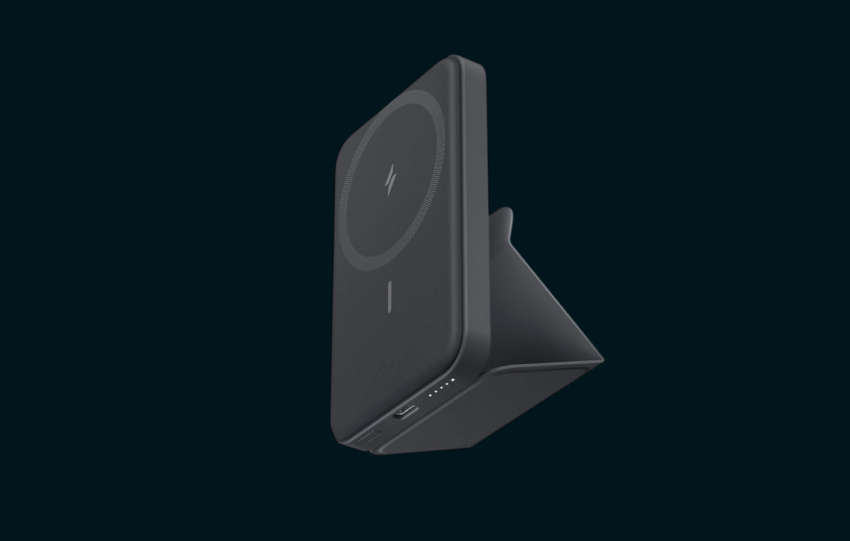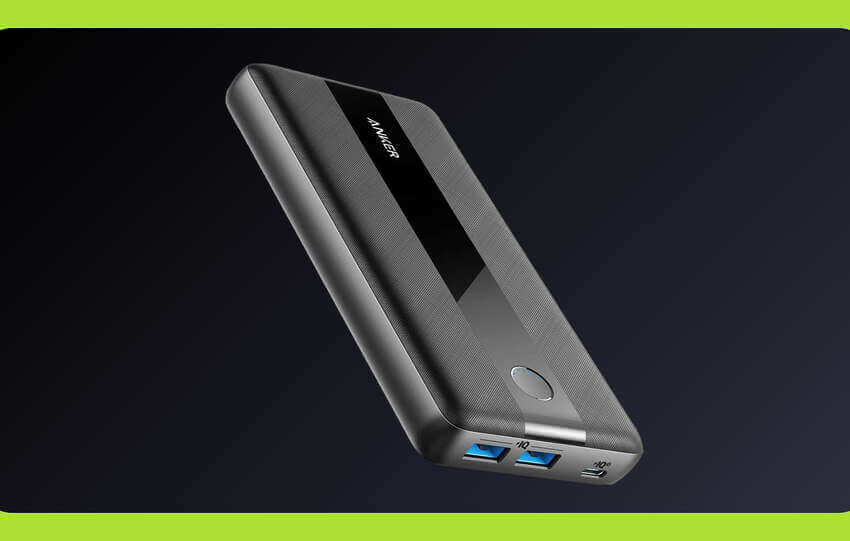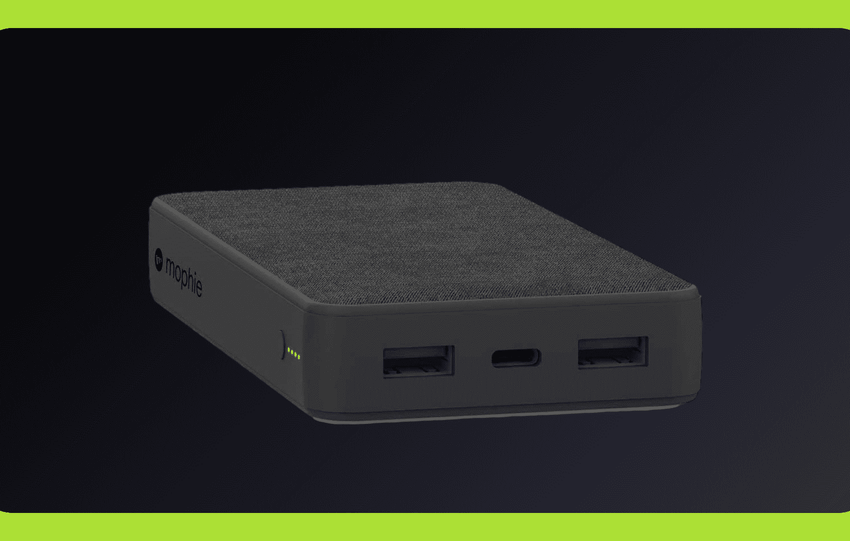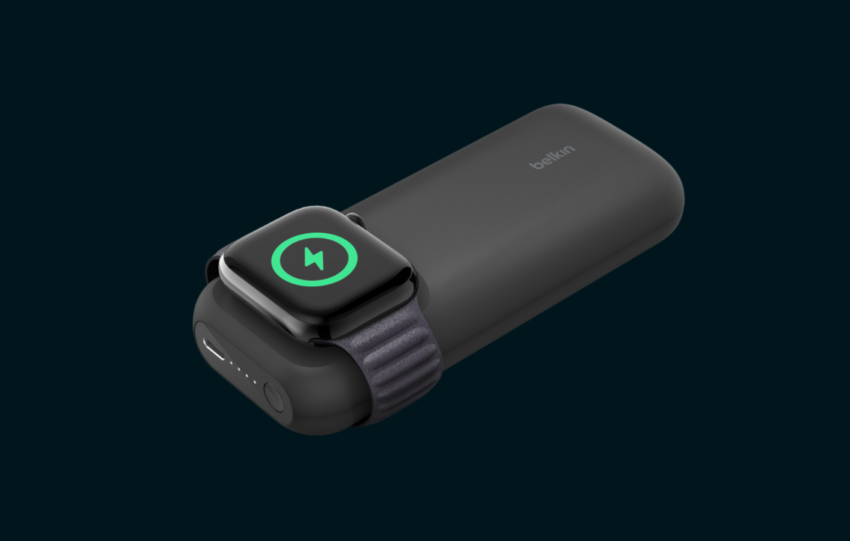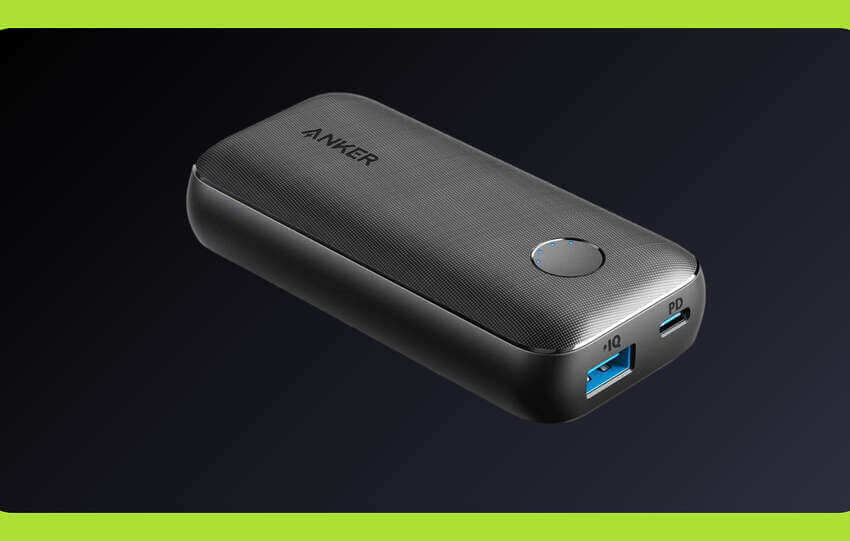Share This Article
I have tested multiple portable chargers, and the Anker Prime 20000mAh Power Bank stands out for delivering swift charging rates. It provides enough power to keep my laptop and handheld gaming device going for most of the day. Its design feels solid in hand, and the digital display adds a nice touch. Below, I will break down the core features, real-world performance, and potential drawbacks.
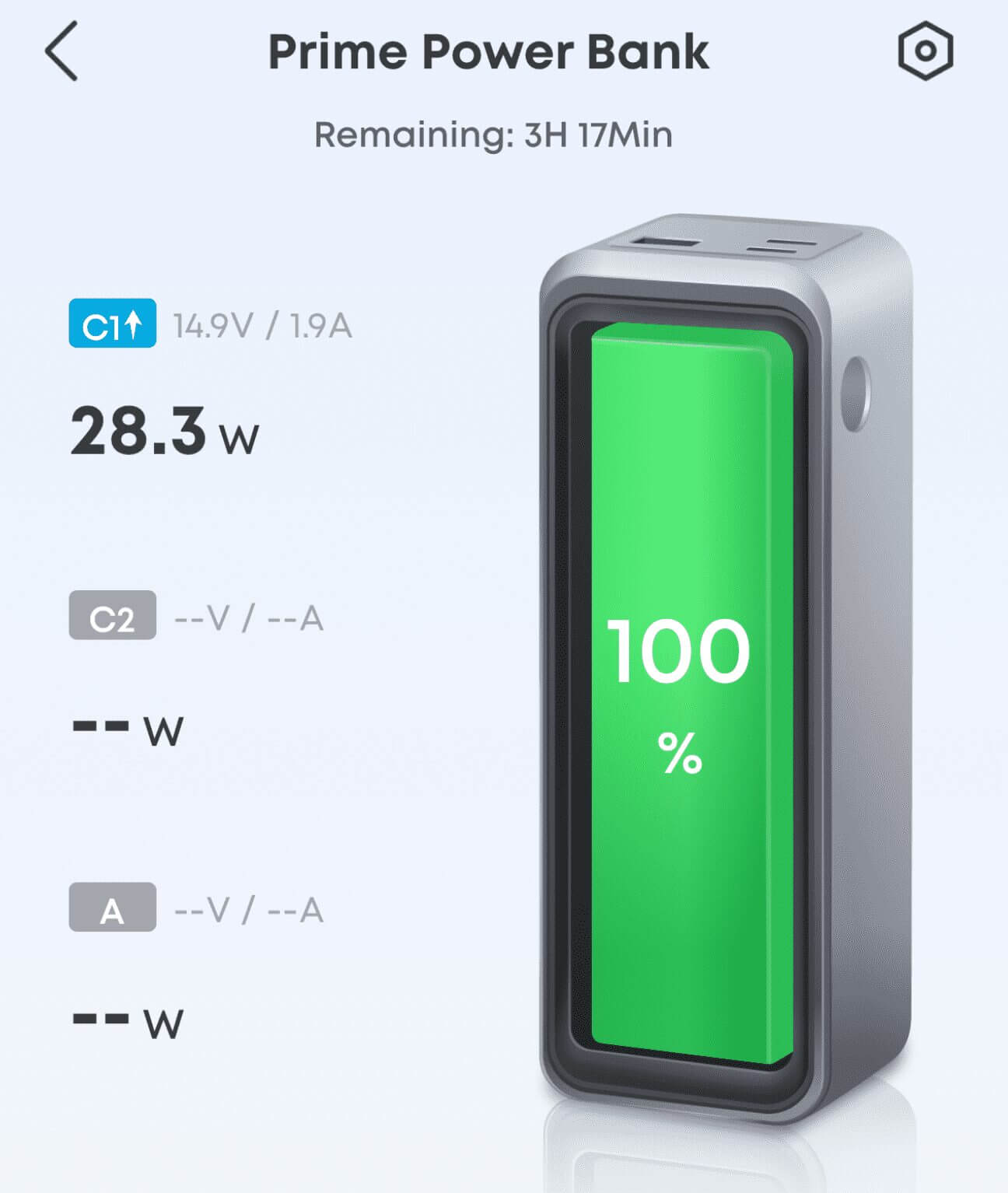
Expert’s Rating: 4.2/5
A strong option for high-wattage needs, but less efficient for low-power smartphones.
Pros
- 20,000mAh capacity: Powers smartphones (like iPhone 13 Pro Max) 4–5 times and extends gaming for devices like the Steam Deck.
- Up to 200W output: Refuels laptops quickly (around 50% in 30 minutes for a MacBook Pro) and supports 3 devices at once.
- Smart digital display: Shows real-time battery percentage, input/output power, and time remaining.
- Durable build quality: Resists scratches and includes a protective pouch.
- Rapid recharge: Regains full power in about 1 hour 15 minutes using a 100W USB-C input.
Cons
- Efficiency trade-offs: Usable capacity falls to about 14,400mAh at 5V because of voltage losses. For iPhones, efficiency can hover near 73%, which is lower than some alternatives.
- High heat under load: Sustaining more than 100W output often pushes temperatures to 43–48°C, triggering safety limits in warmer conditions.
- Heavier build: Measures roughly 4.9 × 2.1 × 1.9 inches, weighing about 540g. Awkward to carry in pockets.
- No passthrough charging: Cannot charge another device while it is recharging.
- Higher price range: Costs range from $130 to $184.99, more expensive than many 20,000mAh options.
My Experience with the Anker Prime 20000mAh
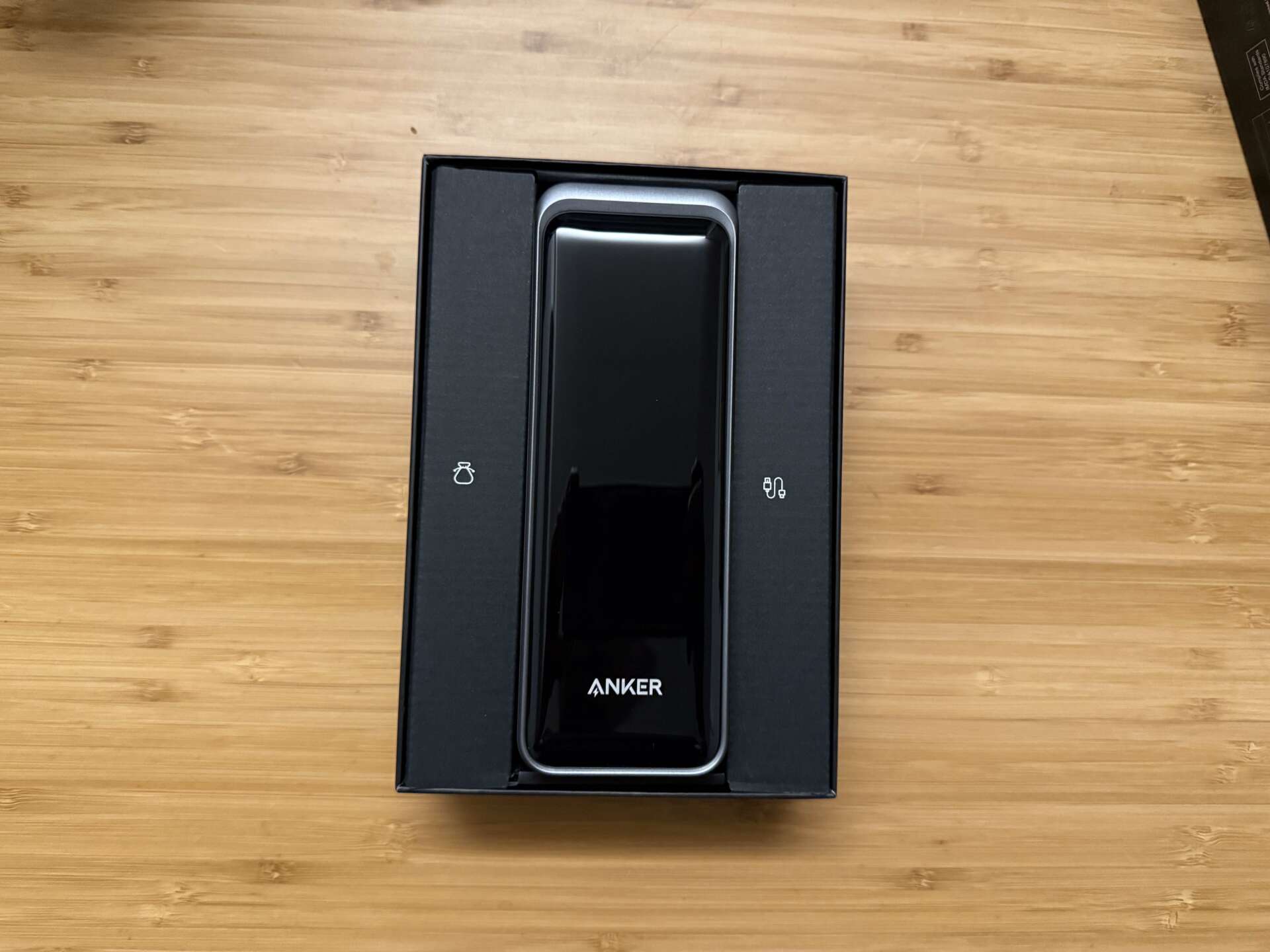
I often juggle a laptop, a phone, and a portable gaming console. The Anker Prime kept all of them topped up on a road trip. I especially liked seeing the display show how many watts were flowing into my MacBook and how many minutes until the bank ran dry.
Over several weeks of use, I found the power bank heated up the most when charging my laptop at high wattage. If I left it in my backpack, I noticed it would shut off to prevent overheating. Placing it on a flat surface with good airflow helped. For my phone, the charging speed felt close to a wall adapter, but the overall efficiency dropped a bit more than I expected.
Key Features
Capacity and Voltage Conversion
- Advertised at 20,000mAh, but actual usable capacity is around 13,300–14,400mAh when delivering power at 5V.
- Voltage conversion losses reduce the effective power for phones.
200W Total Output
- Two USB-C ports rated at 100W each plus one USB-A port at 65W (though total combined output is 200W).
- With three devices plugged in, power may split into 100W, 60W, and 40W.
Fast Recharge
- Accepts up to 100W input via USB-C, fully recharging in about 1 hour 15 minutes.
- Helpful if you travel and need a quick top-up for the power bank.
Bright Digital Display
- Shows input/output wattage, battery percentage, and an estimate of how long until full discharge or recharge.
- Helps in managing power usage, especially if you want to track quick laptop refills.
Durability
- Has a scratch-resistant shell and comes with a protective pouch.
- I accidentally bumped it against a table corner, and it came away without visible marks.
Performance and Charging Efficiency

Many large power banks face efficiency losses because power must convert from the internal battery’s voltage to the device’s charging voltage. At higher wattages, you get more heat. This heat affects the energy you actually receive.
- High-Wattage Laptops:
- A 16″ MacBook Pro can reach 50% charge in about 40 minutes.
- The bank can maintain about 200W output for around 28 minutes before it starts to warm up.
- Smartphones:
- Efficiency can dip near 73% when charging low-wattage devices like iPhones.
- Expect around 10,500mAh of usable capacity for typical Apple and Samsung devices.
- Gaming Devices:
- Steam Deck or Nintendo Switch can get 2–3 additional hours.
- Rapid charging can deplete the bank faster, but the gaming time boost feels noticeable.
Heat Management
Under heavy demand, the power bank can reach temperatures around 43–48°C. This heat can activate its protective shutdown if ventilation is poor. For short laptop charges, the heat is manageable. If you try to sustain high wattage for a longer period in a closed space, expect a possible auto-shutoff.
Practical Usage Scenarios
- Travelers: You can charge multiple devices during flights. The power bank’s capacity is within airline limits, so you can pack it in carry-on luggage.
- Remote Work: Fast-charging capability helps if you work without consistent access to outlets.
- Everyday Phone Use: Overkill if you only charge a phone once or twice a day. Smaller banks may be more cost-effective.
- Gamers: Enjoy extended sessions on handheld consoles, but be mindful of the power drain if you also plug in a phone or laptop.
Comparison to Competitors
Below is a quick comparison of popular models, including their capacity, output, standout features, and price points.
| Model | Capacity | Max Output | Key Features | Price |
|---|---|---|---|---|
| Anker Prime 20000mAh | 20,000mAh | 200W | Smart display, rapid recharge, 2×USB-C (100W) | $130–$185 |
| Anker 737 (24,000mAh) | 24,000mAh | 140W | GaNPrime tech, smaller body | $88–$109 |
| Iniu PD 22.5W (20,000mAh) | 20,000mAh | 22.5W | Budget-friendly, light | ~$40 |
| Anker 733 GaNPrime | 10,000mAh | 65W | Compact size, MagSafe compatibility | ~$70 |
Table of Specs
| Specification | Details |
|---|---|
| Capacity | 20,000mAh (about 13,300–14,400mAh usable at 5V) |
| Ports | 2 USB-C (100W each), 1 USB-A (65W) |
| Max Output | 200W total, split among the three ports |
| Recharge Time | About 1 hour 15 minutes with 100W USB-C input |
| Weight & Size | ~540g, 4.9 × 2.1 × 1.9 inches |
| Display | OLED readout of battery percent, wattage, and estimated charge/discharge time |
| Compatibility | Laptops (MacBook, Dell), phones (Apple, Samsung), handheld consoles (Steam Deck, Switch) |
Efficiency by Device
Below is a quick chart to show how overall efficiency can vary when charging different devices. The percentages represent approximate usable capacity relative to the stated 20,000mAh rating.
| Device Type | Approximate Efficiency |
|---|---|
| Laptop | ~85% |
| Smartphone | ~73% |
| Gaming Handheld | ~80% |
Should You Buy?
| Buy If… | Avoid If… |
|---|---|
| You need over 100W laptop charging | You charge only phones at low watt |
| You want live wattage and time data | You want a pocket-friendly power bank |
| You travel often with multiple devices | You have a tight budget under $50 |
Price Range
Prices vary by store, but current listings are around $130. Some discounts can push it to around $89.99. Regular retail can go as high as $184.99.
Common Questions
- How much capacity is truly available?
- Approximately 13,300–14,400mAh after voltage conversion.
- Can I take this on an airplane?
- Yes. The power rating is below the 100Wh limit set by most airlines.
- Does it support passthrough charging?
- No. It cannot charge other devices while it is recharging.
- Will it fast-charge newer phones?
- It will charge at your phone’s maximum input speed, which may be 27W or similar for an iPhone.
- What about warranty coverage?
- Anker provides an 18-month warranty that covers most defects and failures.
Other User Insights
Reviews average around 4.1/5 stars. Many buyers like the fast laptop charging and the digital display. Others say the power bank is heavier than expected. Some also mention that the real capacity is less than the listed 20,000mAh, especially for phones.
Conclusion
The Anker Prime 20000mAh Power Bank shines for those who want quick laptop charging or game console power boosts. It blends large capacity with a high output limit, though that output can lead to heat buildup. For travelers or remote workers who need power on the go, the display and rapid recharge time make it a worthy option. If you only need light phone charging, consider a less expensive model.

